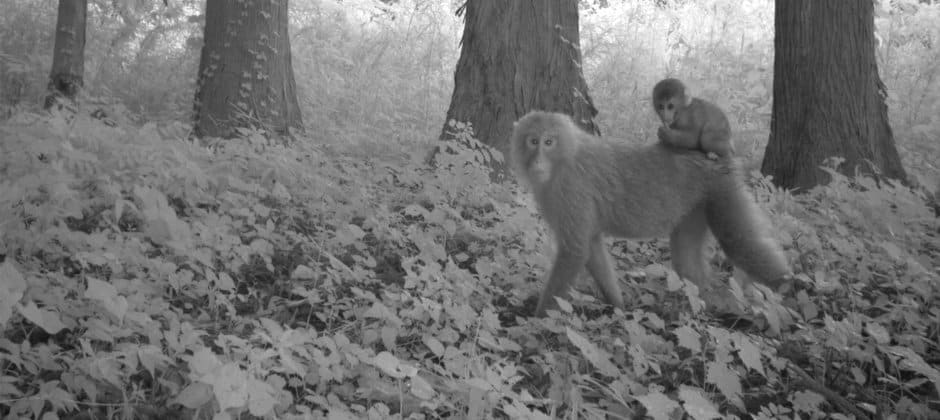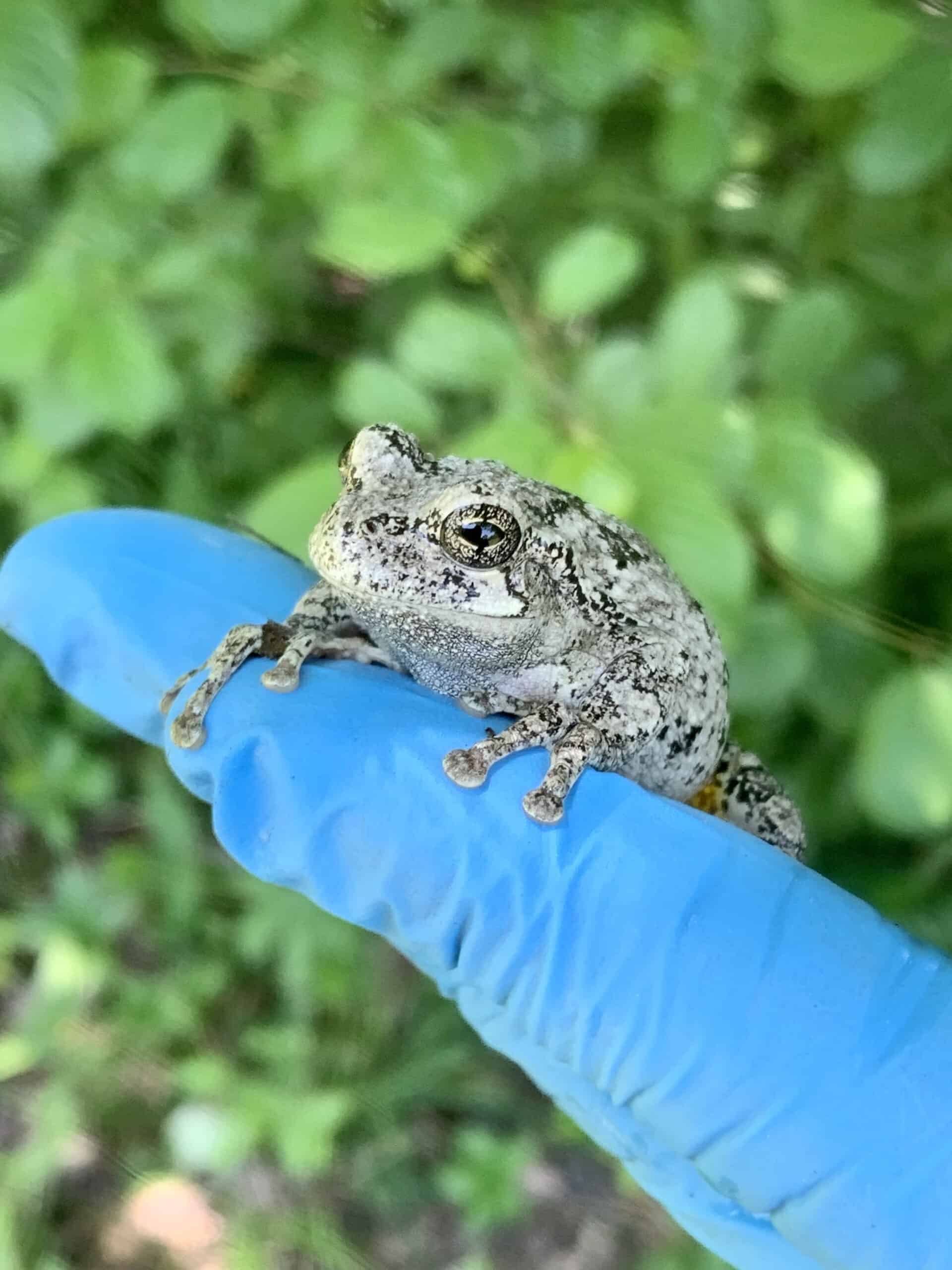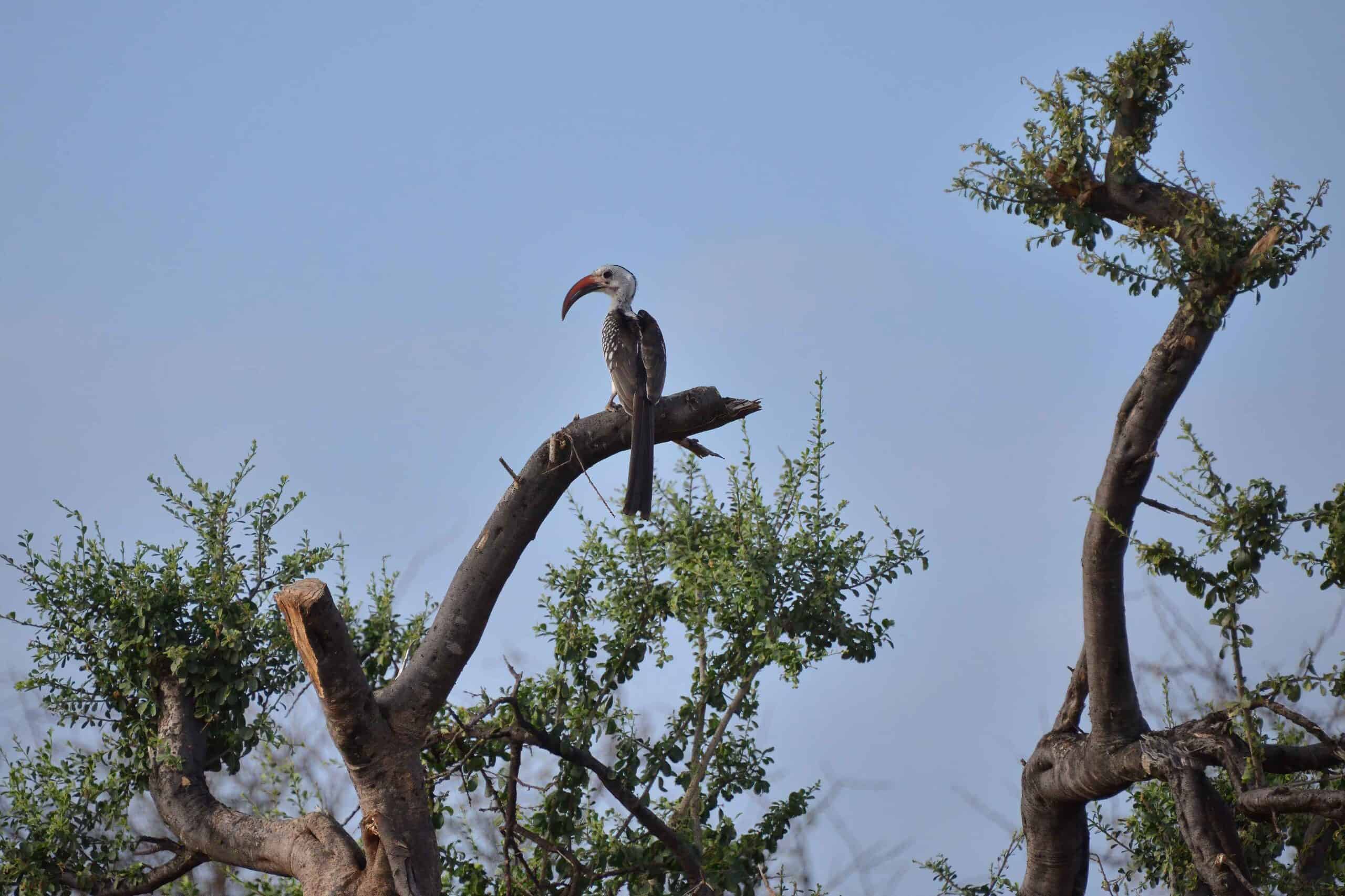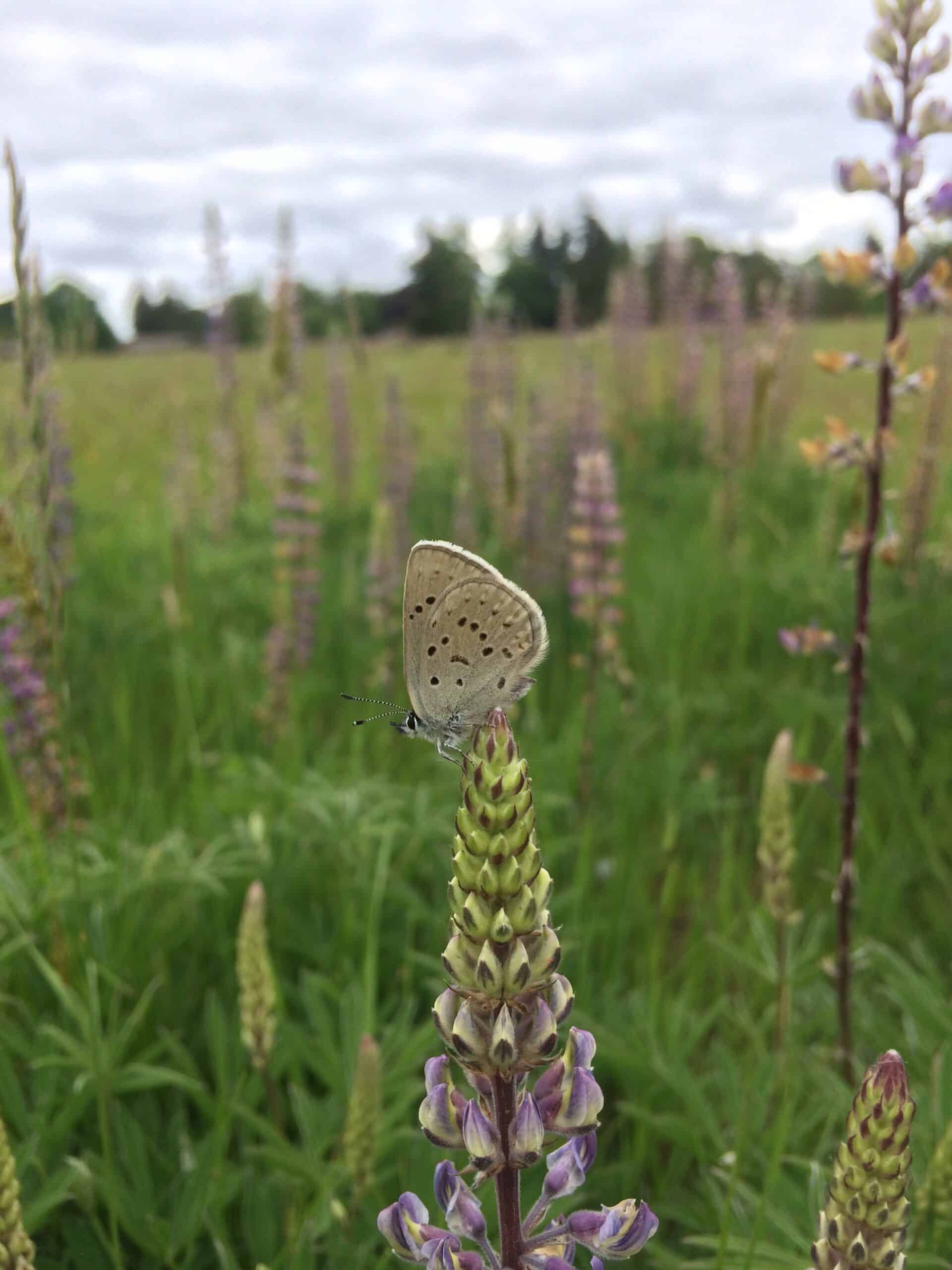Share this article
Q&A: The effects of nuclear disasters on wildlife
Nuclear disasters can cause widespread death and sickness among wildlife, just like humans. But after the initial radiation leaks subside, research has shown that wildlife communities can recover to levels sometimes higher than they were before the catastrophes.
TWS member James Beasley has been at the forefront of research looking at the effects of nuclear disasters on wildlife. After finding that wildlife communities can thrive in the areas around the nuclear disaster site of Chernobyl, thanks in no small part to the lack of humans, he’s turned his attention to the Fukushima site in Japan.
We connected with Beasley, a wildlife biologist at the University of Georgia, to find out more about these disasters, their aftermaths and how they continue to affect wildlife populations. His responses are edited for style and brevity.
What is the state of our understanding about the effects of nuclear disasters on wildlife?
Since the Chernobyl nuclear accident in 1986 there has been considerable interest from both the scientific community as well as the general public regarding the status and health of wildlife that now occur in the areas impacted by nuclear accidents. This interest has spurred substantial advances in radioecology over the last several decades by teams of international researchers working on a wide variety of taxa.
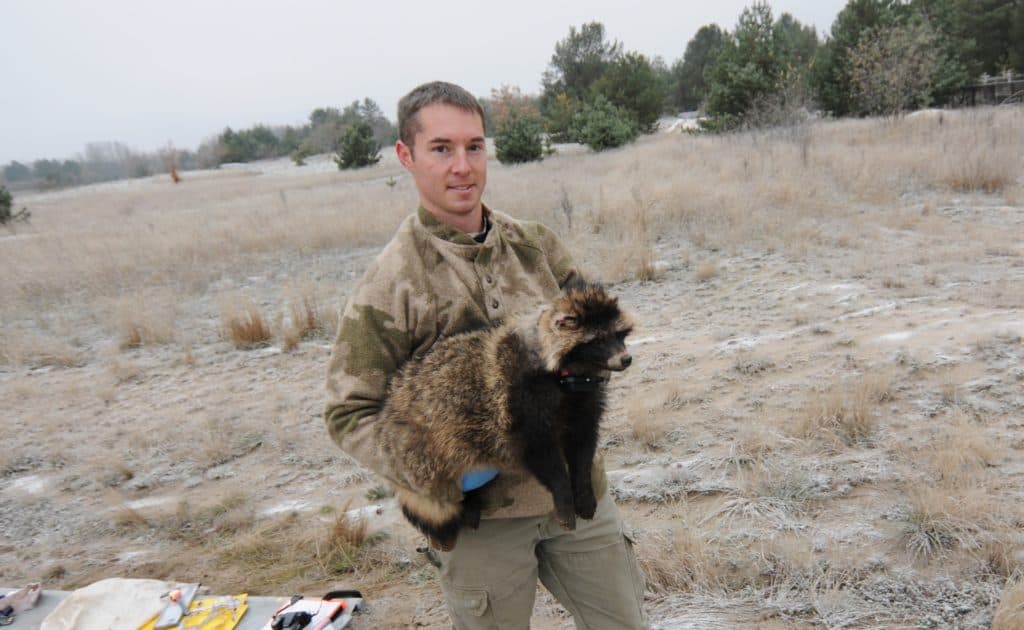
Researcher James Beasley with a raccoon dog (Nyctereutes procyonoides) in the Chernobyl area. ©Courtesy of James Beasley
However, Chernobyl and Fukushima are both challenging places to access and conduct research, and studies of large mammals have been limited simply due to the logistical challenges that come along with working with these species. Until recently, population level data for large mammals have been limited in the published literature, and there has been speculation regarding the status of wildlife species in these areas.
While several recent studies have revealed numerous species of large mammals are now abundant in Chernobyl and Fukushima, there is still a lot we don’t know about the health consequences of chronic radiation exposure, which remains an active area of research.
How do disasters like Fukushima or Chernobyl affect wildlife?
In the area surrounding Chernobyl, there is documentation that some animals died immediately after the accident due to acute radiation exposure. However, many of the short-lived radionuclides dissipated quickly in the hours, days and weeks following the accident, and radiation levels are now more than 100 times lower than they were at the time of the explosion. In Fukushima, where the radiation releases were much lower than Chernobyl, I am not aware of any evidence of wildlife dying in the immediate aftermath from acute exposure.
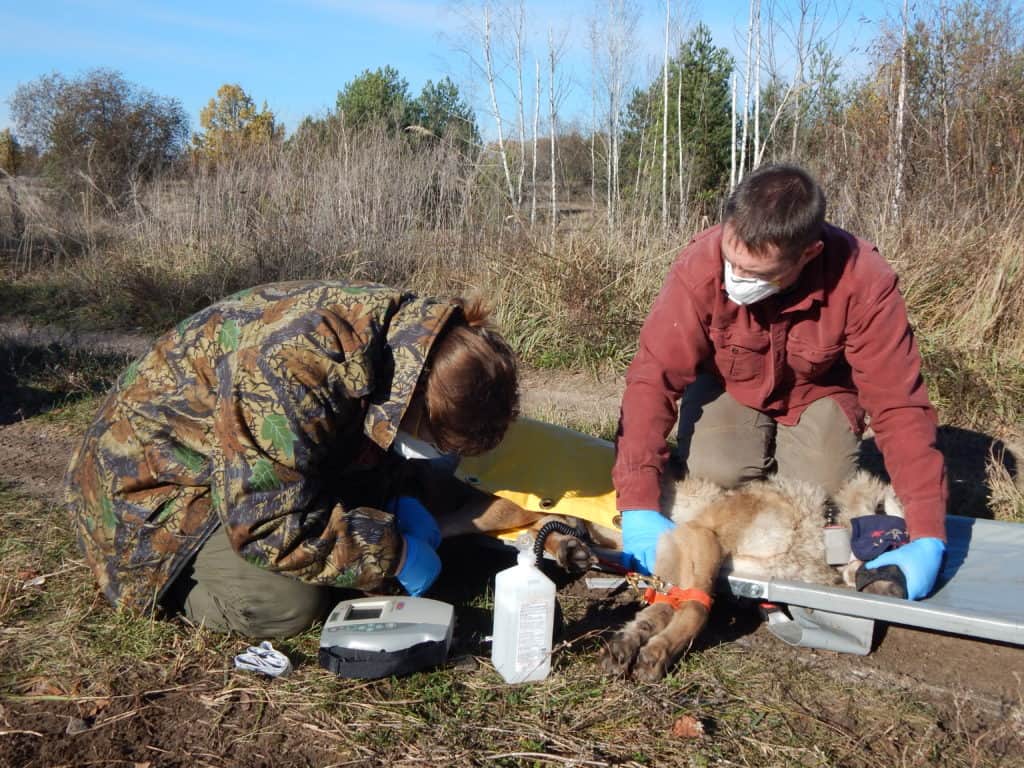
James Beasley and his graduate student Sarah Webster work with a wolf (Canis lupus) in the Chernobyl exclusion zone. Courtesy of James Beasley
We know that high levels of acute radiation exposure can cause genetic damage. However, animals in Chernobyl and Fukushima are chronically exposed to low doses of radiation, and it is unclear what the ultimate effects of this chronic low-dose exposure are. It’s particualarly unclear whether any subtle effects at the cellular level manifest in higher order effects. Are there impacts to the health of individuals, or ultimately a population- or community-level effect? Our research so far suggests any molecular effects, if they occur, don‘t impact the population or community.
Is there a chance that negative radioactive effects on wildlife in these zones may spread to outside populations since these animals aren’t exactly fenced off?
I have no doubt animals are dispersing outside of these areas. There is still a lot we don’t know about the health impacts of chronic radiation exposure, but, in general, I haven’t seen any evidence to suggest there are likely any substantive negative impacts to surrounding populations. If anything, the evacuated areas are likely a source population to the surrounding landscape for some species.
What do healthy wildlife populations in Fukushima and Chernobyl say about the way humans impact ecosystems?
It is well established that many large mammals, and large carnivores in particular, generally thrive when provided sufficiently large areas of land where they are buffered from the pressures of human activity, especially the loss and degradation of habitat. We can see examples of this all across the globe where large-scale nature reserves have been created and diverse communities are thriving. The fact that wildlife are doing well in the evacuated landscapes surrounding Chernobyl and Fukushima is a testament to the resiliency of wildlife when freed from direct human pressures such as habitat loss and fragmentation, and it suggests the exclusion zones can support abundant and self-sustaining populations of a multitude of species.
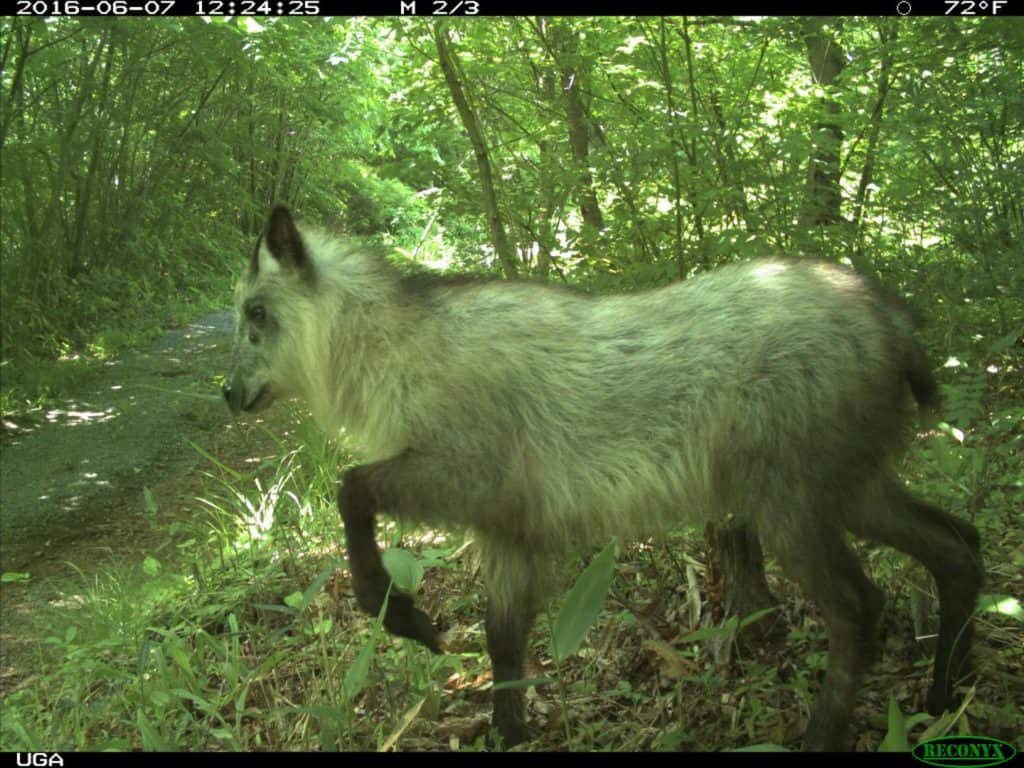
A Japanese serow in the Fukushima area. ©University of Georgia
But it is important to note that this isn’t suggesting radiation is good for wildlife. Rather, the effects of everyday human activities are worse for many species of wildlife than any potential effects of radiation.
What kind of challenges do you face studying wildlife in nuclear disaster zones?
Simply accessing these sites requires numerous permissions that can be difficult to obtain, and because of this, it took years for us to initially get field projects off the ground. I have a number of collaborators in both Belarus and Japan who have been great partners in this research and have been instrumental to the success of these projects.
Because our research in the exclusion zones is field-based, we also have to take precautions because of the extensive radiological contamination throughout the landscape. Radiation is something you can’t see, smell or taste, so while in the field, we carry electronic dosimeters that provide us with real-time information on radiation levels within the area we are working and are equipped with alarms to indicate when we are in an area with particularly high dose rates. Whenever conducting research that involves soil disturbance, we also wear full protective equipment including respirators to prevent us from inhaling contaminated dust.
Header Image: Japanese macaques (Macaca fuscata) appear in the Fukushima area. A new study by James Beasley and his colleagues shows animals are returning to some areas surrounding the nuclear disaster that have few or no humans. ©University of Georgia



